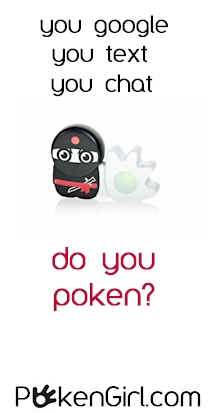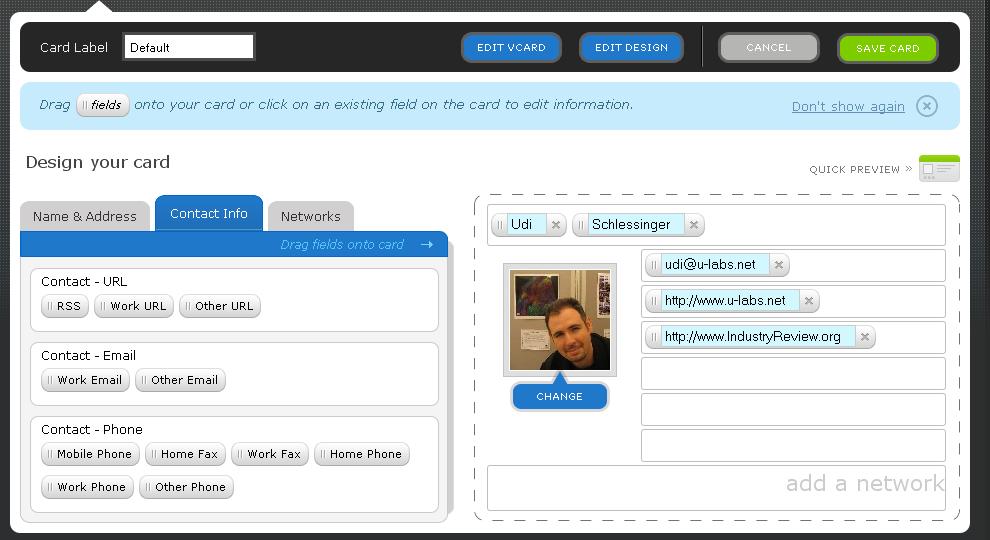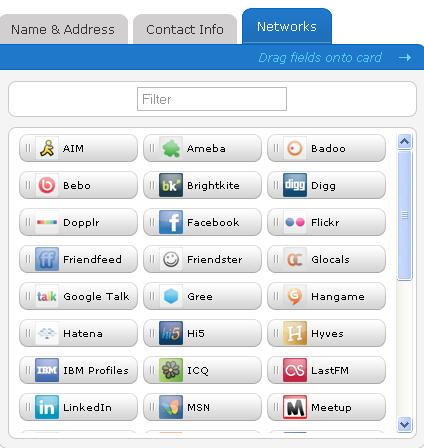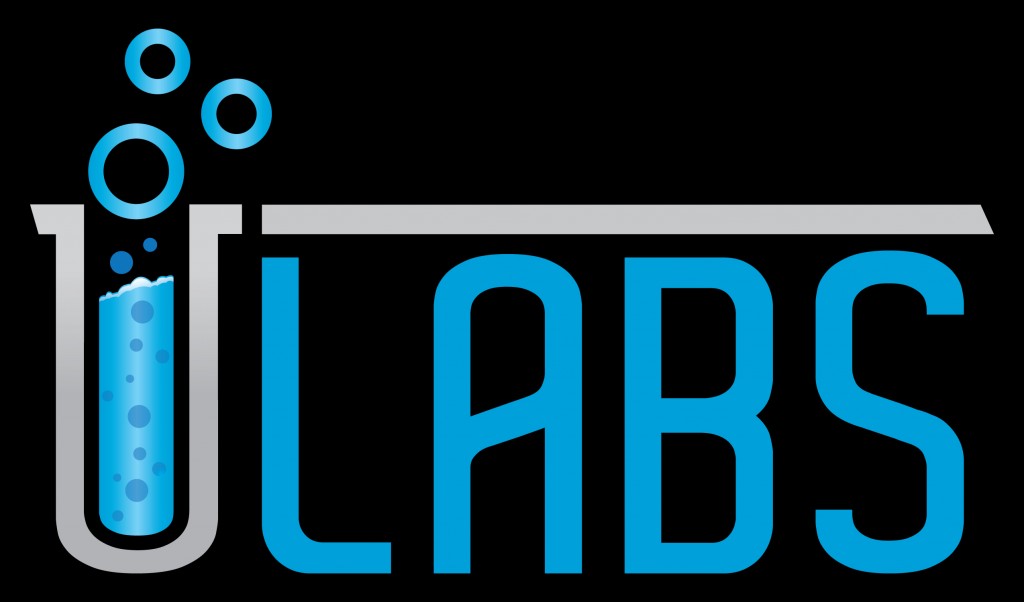I want to invent a term that’s probably already been invented: Personal Thrashing (so please correct me if you know a better term).
I came back from Affiliate Summit last week. It took me two days just to respond to all the emails that have accumulated, one day to do (most) of the follow-up emails, and one-day to read follow up on resources that can’t wait. Once I finished with that, my follow-ups have already returned to me, and I found myself again doing the email battle. During my flight from Vegas I’ve written 3 blog posts that are nearly finalized. Nearly – but not yet.. still haven’t the time to do that.
It’s now Friday. A week has passed. And in this week I’ve basically done no work except email, reading, calls, more calls, and meetings. These are all crucial for a successful business’ operation, but then again, so is actual work.
A friend of mine suggested I hire an assistant (he did so and says the experience is “liberating”). I’m seriously considering doing that.
So anyway, why thrashing? This is an Operating System term. Tell me if what I just described doesn’t sound exactly like the follow definition. This was taken from http://whatis.techtarget.com/definition/0,,sid9_gci214055,00.html
Thrashing is computer activity that makes little or no progress, usually because memory or other resources have become exhausted or too limited to perform needed operations. When this happens, a pattern typically develops in which a request is made of the operating system by a process or program, the operating system tries to find resources by taking them from some other process, which in turn makes new requests that can’t be satisfied. A system that is thrashing can be perceived as either a very slow system or one that has come to a halt.
I hope this hasn’t bored to death those who are not interested in technology… but in the past week I have been… Thrashing. I can’t think of any other term. Figured I’ll share this until I find the time to share one of the, uhm, more exciting posts! 🙂







